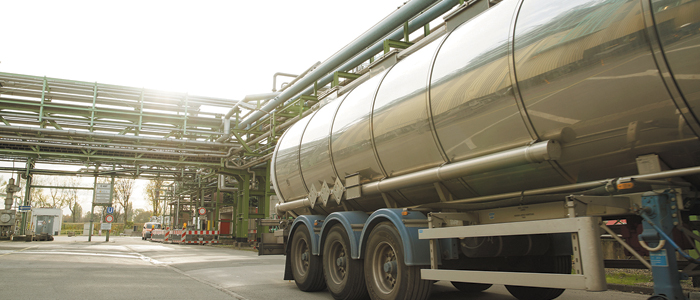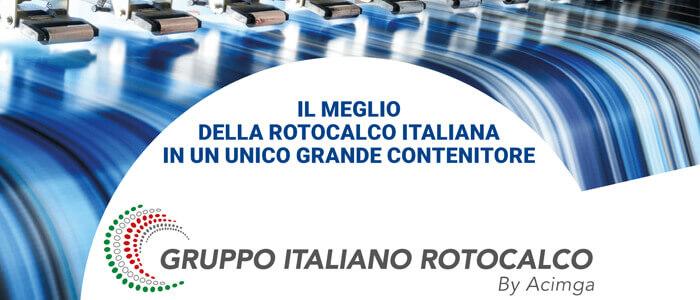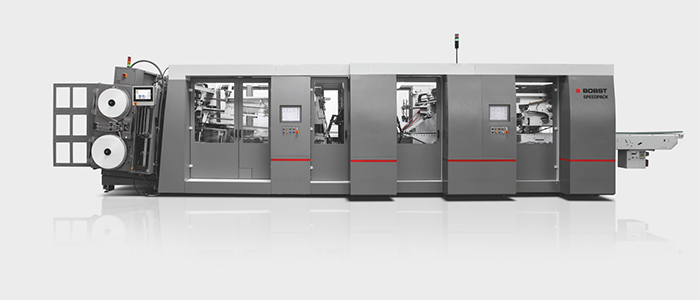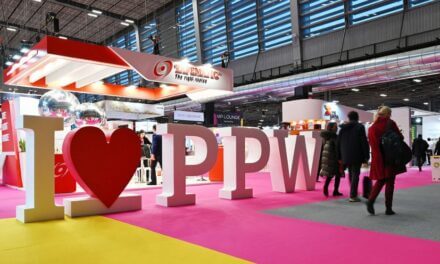Difficulties in the supply of traditional solvents is leading printing ink manufacturers and users to experiment with the economic, safety and performance advantages of propyl-based solvents. They ensure certain supply and locked-in price lists. OQ analysis and proposals in an interview with Patrick Neumann.
The availability on the market of propyl-based solvents (propanol and propyl acetate) by the multinational company OQ, formerly Oxea – alternatives to the traditional ethanol and ethyl acetate solvents – is well known, but at this historic moment it is news. Used by manufacturers of printing inks and printers to dilute the ink, facilitating its transfer onto various types of substrate, Propyls are spreading at the same rate as the growth of flexography, which is their main field of application (but they are also used in rotogravure). The main advantages assured to the user, documented by a large body of scientific and technical literature, concern the healthiness of the printed matter (they do not contain retardants), the impact on the environment and the higher yield that allows to reduce by 25-30% the need for ink and solvent mixtures, generating very significant savings. But if until recently their adoption was delayed by the higher price, 10-15% higher on average than ethyl-based products, today the dynamics triggered by the pandemic have closed this gap. And, above all, in this phase of raw material shortage, Propyls have the great advantage of being available – always, also in Europe – and this is why many new printers are adopting them. Patrick Neumann, OQ Channel Manager, operating from the European headquarters in Monheim, D, and a great connoisseur of the Italian market, tells us about it.
The current shortage of many raw materials used in industry also involves printing solvents. What is happening?
The Ethylacetate is being produced in Europe but raw materials originate in the US and this has left Europe dry. Because on the one hand, some American sites impacted by storm season saw difficulties in ramping up again; on the other hand, the well known global logistical difficulties, with the relative shortage of transport cargoes, have also seriously affected the global supply situation in the chemicals market. With an additional problem: while supply is scarce, demand is growing exponentially in packaging, healthcare and many other sectors where solvents are used. And this is generating great tensions, also on prices: ethyl acetate has increased up to 500-600 euros per ton…
OQ’s Propyls, on the other hand, are coming in. Why?
OQ has no supply problems. The goods arrive from the United States on dedicated cargo ships, each carrying up to thousands of tons, which land in Antwerp and from there arrive in Germany where we produce our propyl acetate directly. Thanks to this organization, we are able to cope with increases in market requirements, even large ones.
And the prices? Following the logic of the market, you must have increased them…
No. You see, while producers of ethyl solvents serve many different industries, of which printing is only one and not even the most important, OQ, on the contrary, is focused on printing inks: it is “the” business. That’s why our company aims to establish itself on the market as a trusted supplier. In fact, it means helping the user to solve his problems – today typically of supply – in a win-win logic that excludes, by definition, speculative operations on prices.
Does it mean that Propyls have become more convenient than traditional solvents?
Exactly. Our competitors have increased their prices while we have kept them stable. In this way, the ±15% difference between price lists has been eliminated and today we can even be more competitive on price.
But how long will this situation last? And then will we return to the previous equilibrium?
There are too many variables that prevent us from making predictions about the timing of the crisis, but analysts predict that it will be difficult for some time to come. However, one thing will certainly not happen: the restoration of pre-crisis conditions. As far as Propyls are concerned, we exclude this prospect also because the price does not represent the main advantage. Even if many users continue to consider solvent as a commodity, in reality the differences in technology and performance are very sensitive, and the repercussions on the printer are considerable. This crisis has given us the opportunity to demonstrate this by introducing our products to new companies where we can demonstrate the superiority of n-Propanol and n-Propylacetate.
In short, what advantages do they offer?
Telegraphically: Propyls “make” more, reducing by a 25-30% the need for ink and solvent mixtures, generating great savings (including disposal at the end of their life). Moreover, they do not contain retardants, which are known to create complications in the management of viscosity, slowing down work and increasing waste (again, costs!); but, above all, they avoid migration of volatile elements into the packaged product, and the relative criticality for consumer health. On the other hand, if we look at the quality of printing, the Propyls’ formula allows to obtain a higher density of colors, typically white backgrounds, without having to make several passes; while in terms of sustainability, it reduces VOCs by an average of 30%, and therefore the emissions to be managed inside and outside the plant…
Is the Italian market showing particular dynamics?
As in the rest of Europe, OQ products are growing in Italy, but not yet in proportion to the development of packaging. There are basically two reasons for this: the already mentioned conviction that “all solvents are the same” and some bureaucratic barriers that make importing more difficult. The latter problem has been overcome by our network of distributors who carry out the necessary procedures to obtain the required certifications. And, above all, they provide the printer with the most suitable mixture for his needs, in the quantities and at the time he needs it, avoiding the problems and costs of storage.
How do you see the future of solvents in a solvent- free world?
I think that sustainability is a primary value and a goal to which R&D should be oriented throughout the industry. Today, however, statistics document that the demand for inks is growing and is mostly satisfied by solvent-based products. The reasons are well known: water-based printing on plastic substrates is very difficult, nitrocellulose- based inks need solvents in order to avoid defects and, more generally, resins do not easily dissolve in water. I would say that in the current state of the art, ink sustainability is achieved by choosing solvents like ours.


















